Time to unplug phoney PHEV fuel ratings: Australia’s “electrified” automotive future isn’t all its cracked up to be | Opinion
EV Central
JUNE 8, 2024
No-one would fall for such a flim-flam of fakery, of course, and yet, in some cases at least, the wider world is being asked to swallow something similarly slimy from car companies, in the shape of hybrids and plug-in hybrids. So now I’m thinking, okay, I sell a lot of RSs, how many hybrids do I need to sell?

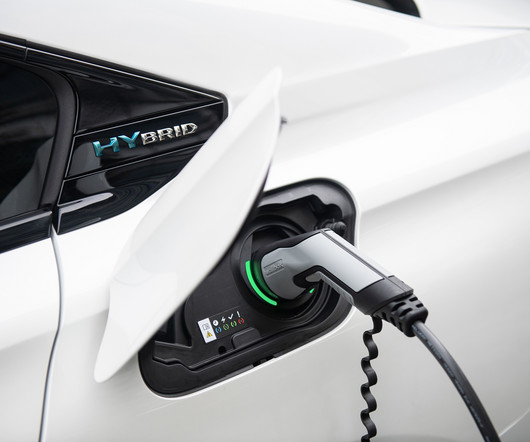

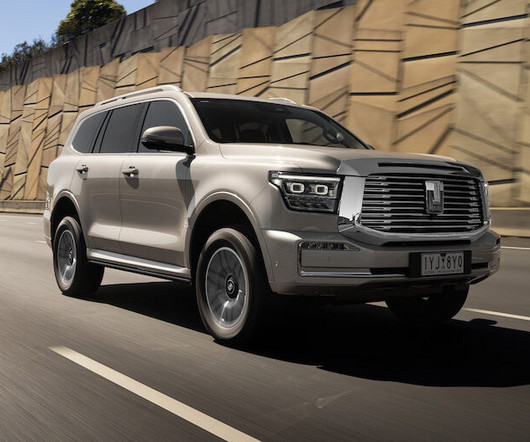

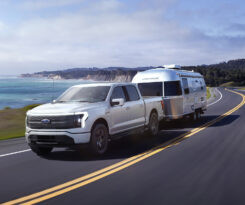
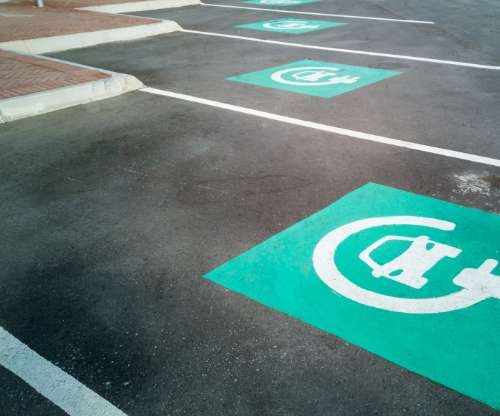








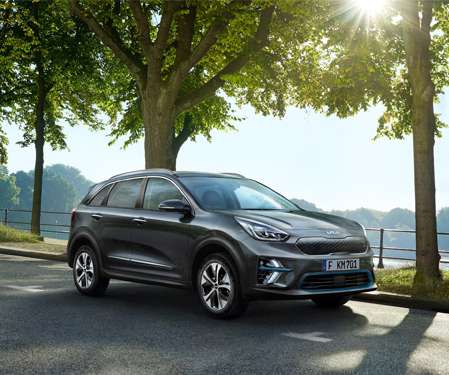













Let's personalize your content